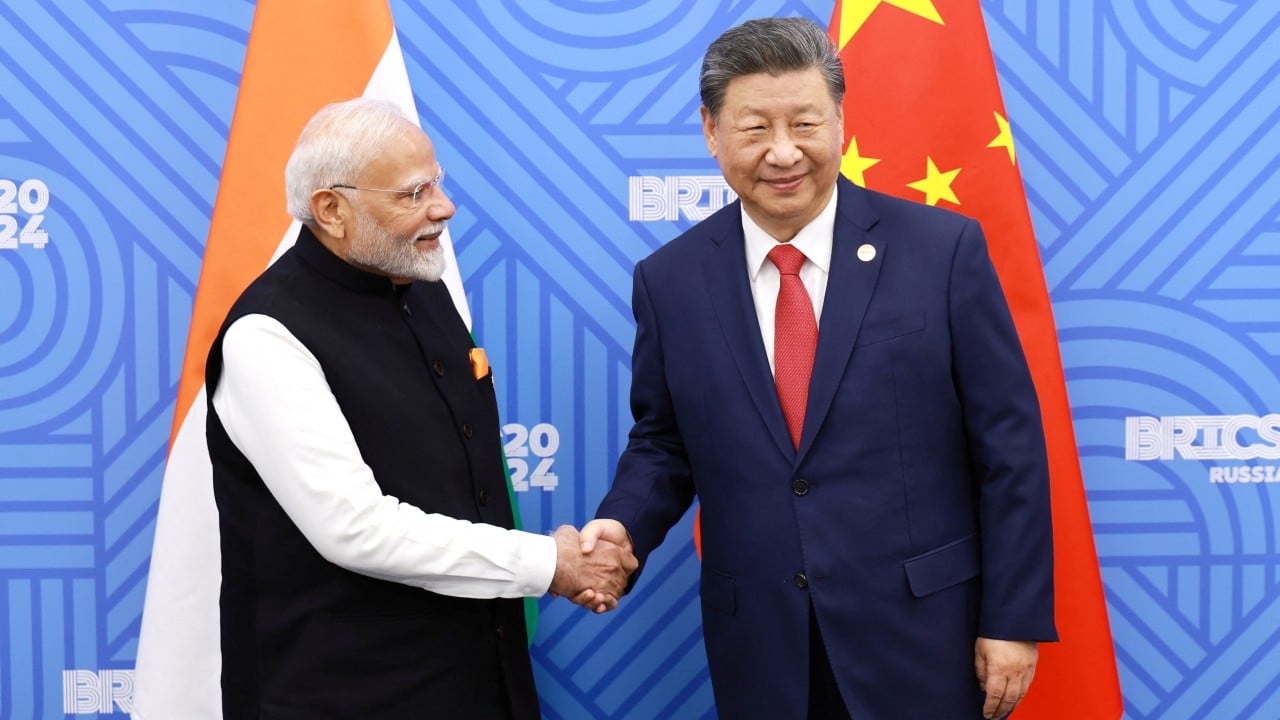The thaw in China-India relations began with a pact to disengage troops at their disputed border in the Himalayas, laying the groundwork for a reunion between President Xi Jinping and Prime Minister Narendra Modi at the Brics summit in October.
Advertisement
Last week, the two countries’ defence chiefs held talks in Laos and committed to cooperation – the latest in a series of moves that analysts have called a “strategic recalibration” in response to pressures from the West.
As Beijing seeks to reform the global economic architecture and New Delhi pursues its multidimensional foreign policy, their visions have proven more complimentary than conflicting since a bloody border clash in June 2020 plunged ties to historic lows.
Numerous rounds of negotiations have taken place in the past four years, but it took October’s accord on military disengagement to restore both countries’ troop positions to pre-crisis locations in the border region of Ladakh.
According to Chietigj Bajpaee, a senior research fellow for South Asia in the Asia-Pacific Programme at Chatham House, the agreement followed “a recognition by New Delhi that it had backed itself into a corner after the clashes”.
Advertisement
“De-escalation of border tensions [was] a prerequisite to engagement on other issues, including the economy,” said Bajpaee, author of China in India’s Post-Cold War Engagement with Southeast Asia.

